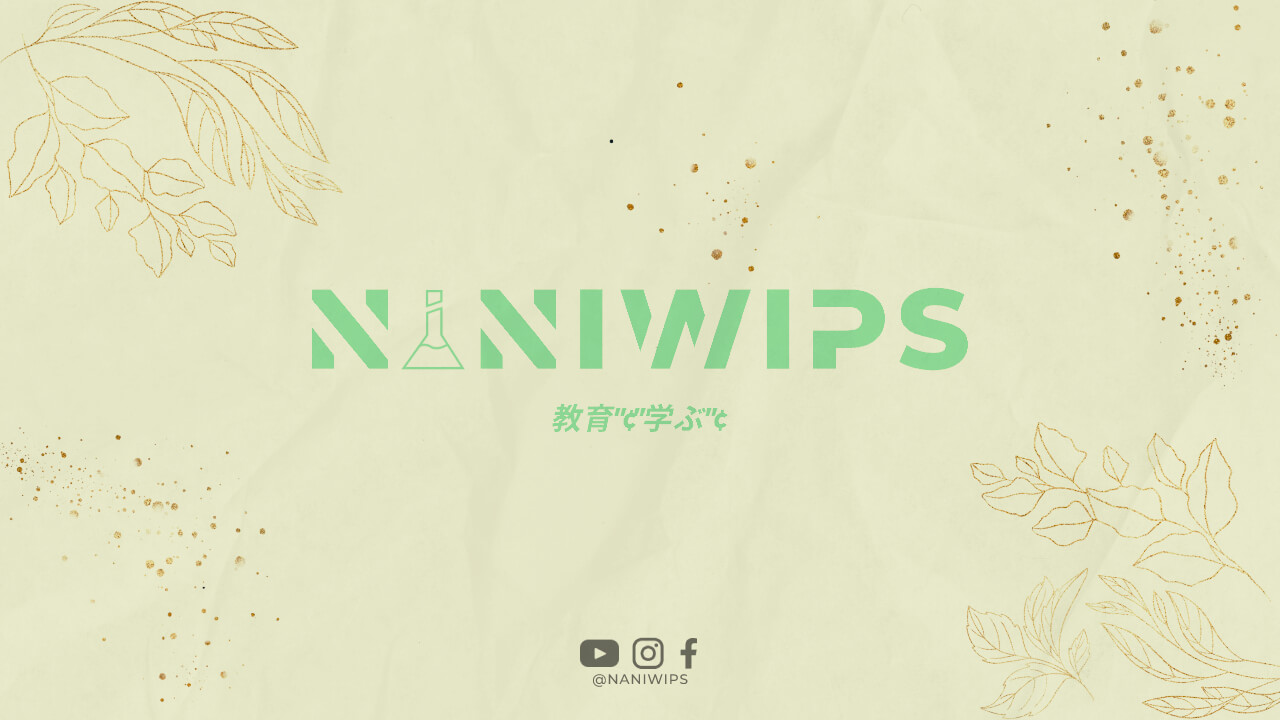Have you ever wondered how your Japanese photos would look in English? As a photographer, I often get asked if I can translate Japanese text in pictures to English. In this article, I will share my experience with translating a year-end greeting card that I took a photo of.
The Year-End Greeting Card
In Japan, sending a year-end greeting card (nengajou) is a tradition that dates back to the early 1900s. It is a way of expressing gratitude to family, friends, and colleagues for their support throughout the year. The card usually features a zodiac animal that represents the coming year, as well as a message of good wishes.
As a photographer, I am always fascinated by the different designs and messages on these cards. So, when I received a nengajou from a friend, I decided to take a photo of it.
Translating the Card
When I looked at the photo, I realized that the text on the card was all in Japanese. As someone who is fluent in both languages, I knew that translating the card would be easy. But, I wondered how the English text would compare to the original Japanese.
So, I opened up a translation app and got to work. I typed in the Japanese text and waited for the translation to appear. To my surprise, the English text was not an exact translation of the Japanese. It was close, but some of the nuances were lost in translation.
The Differences in Translation
For example, the Japanese text had a word that represented a feeling of gratitude and appreciation. The English translation used the word “thankful,” which is a good approximation but doesn’t quite capture the same sentiment.
Another difference was in the use of honorifics. In Japanese, there are different levels of politeness that are used when addressing someone. The English translation did not include these honorifics, which changed the tone of the message.
The Importance of Context
I realized that translating text is not just about finding the right words. It’s also about understanding the context and the culture behind the language. In Japanese, there are many words and phrases that have multiple meanings depending on the situation.
For example, the Japanese word “ganbaru” means to persevere or to do one’s best. But, it can also be used to encourage someone or to express sympathy. The English translation might use different words depending on the context.
The Final Result
After some tweaking, I finally came up with an English translation that was close to the original Japanese. But, I realized that the translation was not the same as the original message.
The Japanese message had a certain charm and elegance that was lost in the translation. The English text was good, but it did not capture the same feeling as the Japanese.
The Beauty of Bilingualism
Despite the differences in translation, I realized that being bilingual was a gift. It allowed me to appreciate the beauty of both languages and to understand the nuances that are often lost in translation.
Translating Japanese text to English is not just about finding the right words. It’s about understanding the culture and context behind the language. It’s about appreciating the differences and similarities between two languages.
Conclusion
Translating a year-end greeting card from Japanese to English is an interesting exercise that highlights the differences and similarities between two languages. It shows how language is not just about words, but also about culture and context.
As a photographer, I appreciate the beauty of both languages and the power of bilingualism. It allows me to capture the essence of a message in different languages and to appreciate the nuances that are often lost in translation.
If you ever have the opportunity to translate Japanese text to English, take the time to appreciate the differences and similarities between the two languages. It’s a fascinating experience that will broaden your understanding of the world and the people in it.



